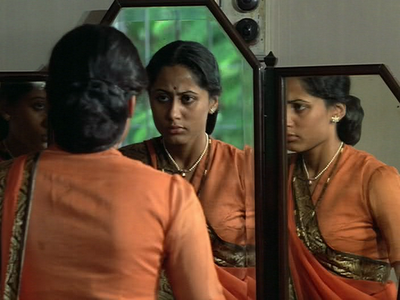Contemplate and Konangal
Art Documentary Screening
BBC Power of Art
Presented by Simon Schama
Presented by Simon Schama
PICASSO
3rd Nov 2012; 5.45pm
Contemplate Art Gallery
Avanashi Road, Coimbatore
http://konangalfilmsociety.blogspot.in/
Born in Malaga, Spain, Picasso's many styles and prolific work rate have marked him out as one of the most recognised artists of the twentieth century. Not limited to one medium he created sculptures, etchings and prints. His artistic career only began to boom once he moved to Paris in the early 1900s. His Blue Period, reflecting the colour and his mood at the time was followed by his Rose Period, work inspired by primitive art and then Cubism, which shocked the critics, but ultimately made his name.
This documentary concentrates on one of the strongest anti war statements expressed by art, Picasso’s Guernica (1937), a painting created during Picasso's Surrealist period and captures the horror of the bombing of the Basque town of Guernica during the Spanish Civil War. By the end of World War II, Picasso had become an internationally known artist and celebrity.
None of our modern masters followed the rules handed down to them by academic tradition and art history. Picasso was inspired by the African masks and tribal sculpture that he discovered in Parisian flea-shops, whereas most young artists of his era were dutifully studying antique sculptures in the Louvre. The life of Pablo Picasso is an exciting story of rebellion, riches, women and great art.
Simon Schama on Picasso : "Pablo Picasso's Guernica is so familiar, so large, so present. It's physically bigger than a movie screen. But what is the painting about? Is it an account of the Spanish town obliterated by Nazi warplanes - a piece of reportage? Is that why it's in black and white?
This is the reason why the painting has such an impact. Instead of a laboured literal commentary on German warplanes, Basque civilians and incendiary bombs, Picasso connects with our worst nightmares. He's saying here's where the world's horror comes from; the dark pit of our psyche."
(Source :Internet)






















